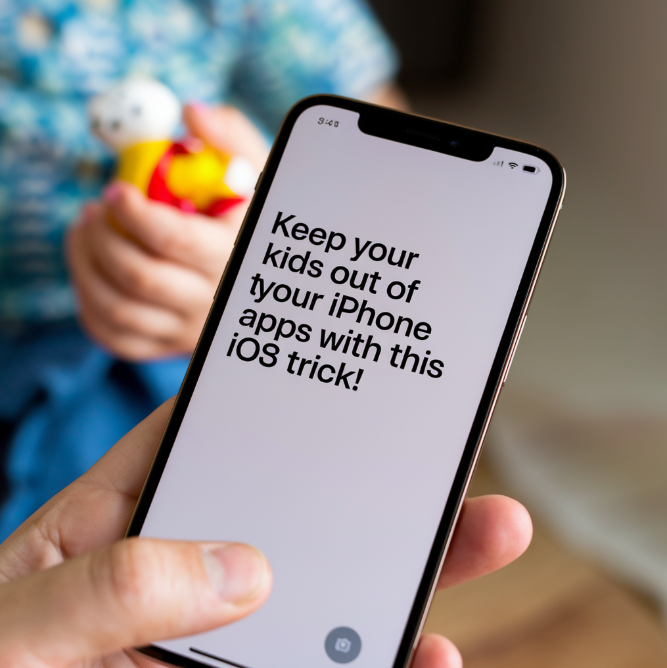Apple launched iOS 18.2 in December, over a month after iOS 18.1. While iOS 18.2 included a few new Apple Intelligence capabilities to select iPhones, such as Genmoji, Apple launched iOS 18 in September, which included two new features that made it easier to protect your iPhone apps.
These characteristics can be especially useful for parents of small children. According to CBS, in 2023, a 5-year-old used her mother’s phone to purchase more than $3,000 worth of Amazon merchandise. The mother was able to return the things after describing the issue to Amazon, but it was still a difficult scenario. With the new tools that may lock and hide applications in iOS 18, you can take actions to
Make sure this does not happen to you.
Read More: iOS 18 Adds These New Features to Your iPhone
Here’s how to lock and conceal iPhone apps for extra protection.
How to lock applications on iOS 18: Trending Now.
Best Phone to Buy in 2025
Best Bluetooth Speakers for 2025
Best VPN Service for 2025: Our Top Pick in a Tight Race (January 27, 2025).
1. Long-press an app.
2. Select Require Face ID.
3. Tap Require Face ID again.
A menu asking if you wish to lock the App Store.
Locking some applications can help prevent your children from purchasing random games or apps on your iPhone.
Apple/screenshot via CNET
Now, when you try to use this app, it
To open, you will need to enter your Face ID or passcode. You cannot lock all apps on your iPhone. Some applications, including Camera, Find My, and Settings, cannot be locked. You can lock most applications, including the App Store, Messages, and third-party apps.
How To Hide Apps On iOS 18
Hiding applications on your iPhone locks them, and the technique is the same as locking apps. This feature is not accessible for all applications. In my experience with iOS 18, you can only hide third-party apps like as Instagram and Twitter.
Here’s how to hide these applications on iPhone.
1. Long-press an app.
2. Select Require Face ID.
3. Select Hide and Require FaceID.
Your iPhone will then ask for your Face ID.
passcode, and it will ask whether you are certain you want to hide the app.
The Hidden applications folder is adjacent to the Other folder.
Whether you’re concealing nine applications or none, the Hidden folder displays the apps within.
Apple/screenshot via CNET
A new option will display on your phone, stating that concealing an app will remove the app’s symbol and name from your home screen and save it to a Hidden folder in your App Library. The option will also indicate that you will not receive any alerts from the app. Tap the Hide App option at the bottom of the menu to hide the app on your iPhone.
To view your hidden applications, scroll right until you reach your App Library. Scroll to the bottom.
The page will show a folder titled Hidden with a symbol that resembles an eye with a line across it. Tap this folder, then enter your Face ID or passcode. The folder will then show your hidden applications.
How to unhide and remove locks from applications
To unhide or remove a lock from an app, long hold the app, select Don’t Require Face ID, then input your Face ID or passcode.
Locked applications will now be opened, while hidden apps will be deleted from the Hidden folder. Unhiding applications does not return them to your home screen. To re-add an app to your home screen, go to your App Library, long touch on it, then hit Add to.
Home screen.
For additional information about iOS 18, see iOS 18.2.1, iOS 18.2, and our iOS 18 cheat sheet. You may also see what iOS 18.3 has in store for iPhones.
